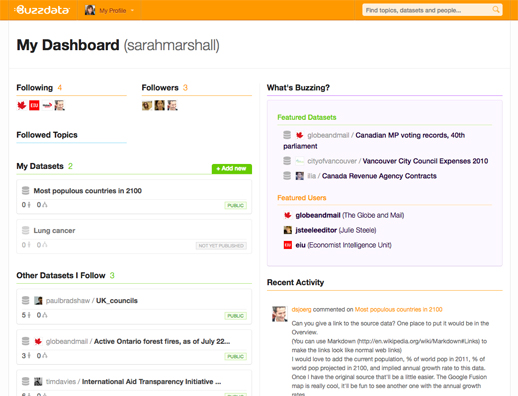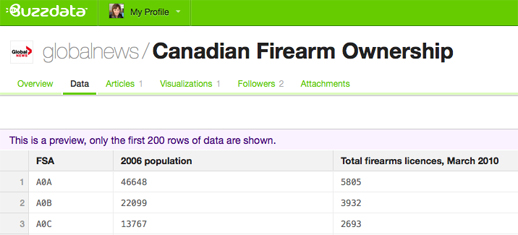The Guardian’s latest venture into hyperlocal publishing is now open to all with the “full open release” of n0tice.
Matt McAlister, director of digital strategy for the Guardian Media Group, presented the social, local, mobile offering at today’s Changing Media Summit.
The seed of the idea came out of a Guardian Hack Day project inspired by geolocation services.
McAlister explained the concept to Journalism.co.uk, which has tracked the progress of n0tice:
If the phone knows where you are and if I see something interesting around me, why can’t I report on that and be an active citizen journalist or participant?
The team evolved the idea into “a community service explicitly tied to a location, almost as a navigation or a filter for finding information”.
Since accepting members by invitation only, early users have been influencing its development.
The platform has opportunities for hyperlocal news sites, which can brand a noticeboard, tracking interaction using web analytics.
Some hyperlocals have adopted n0tice as “their events database, essentially submitting events directly onto notice but with their brand and look and feel”.
McAlister explained that it can increase engagement for hyperlocals.
WordPress is a wonderful publishing environment but it’s not as good as crowdsourcing reports. You can get someone to comment on something you’ve written but it’s not as good for letting anyone share anything original directly into a community space.
The platform also has wider opportunities for hyperlocals and other users: they can potentially make money by creating a noticeboard.
Based on a classifieds system with users paying for premium ads, noticeboard owners keep 85 per cent of the revenue generated.
Here Matt McAlister explains the project’s development:





